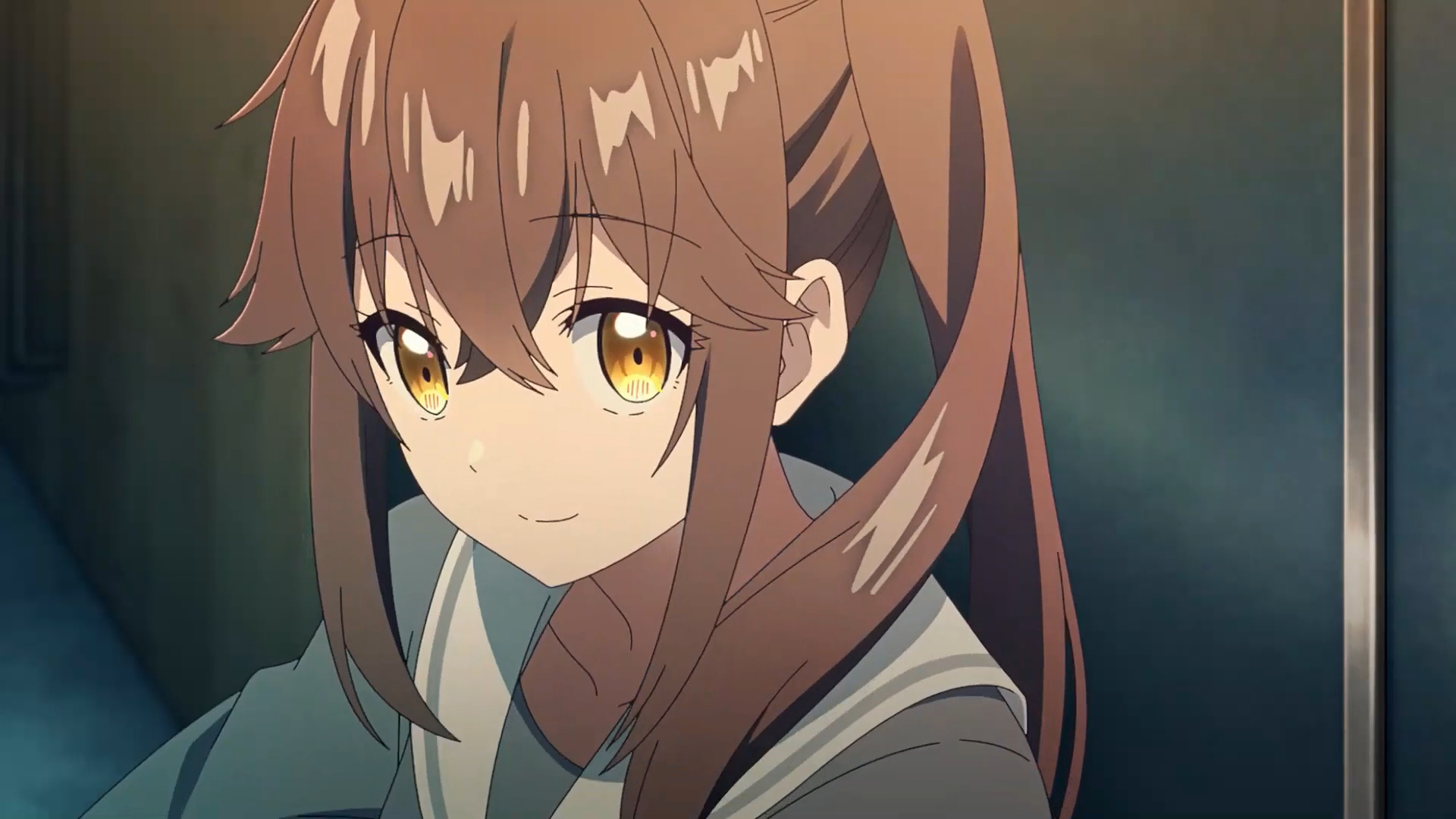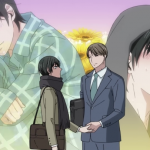Undoubtedly, Sasaki and Peeps signify the pinnacle of the Japanese light novel phenomenon. Our patience with repetitive and excessively intricate isekai power fantasy ideas has worn thin. Vibrant and intense psychic battles are becoming stale, and magical girls have been disassembled until all that’s left are rusty wands and ripped, tear-stained petticoats. I can only assume that the author of Sasaki and Peeps’ tale pitch was thinking, “Screw ‘Less Is More.'” Together, let’s accomplish everything. Simply jam everything inside.” In good or bad news, they were successful. Sasaki and Peeps is Overstuffed Smörgåsbord – The Anime in its animated form.

I’m not sure if the risk of launching with a double-length first episode paid off. I suppose it was necessary to include as much of the incredibly disorganized world-building as possible, but for an adaptation as slow-moving and clumsily handled as Sasaki and Peeps, it might have turned off some viewers. My eyes got tired and it took me two tries to finish the first episode. Before I knew it, the show was concluded.
On my second effort, I pushed myself to listen attentively, and I must say that Sasaki’s modest and courteous demeanor, along with his adorable little bird buddy and his blatantly bizarre narrative style, kind of won me over. Several additional plot points are added by Sasaki and Peeps, such as the idea that the original author was a lively young person trying to explain an extremely complicated tale. “And then this happened, and then this, and then this, and then this…” The notion that Peeps is a former human wizard isekai-d to contemporary Japan in the shape of a talking bird is something we’ve only just grown accustomed to when he takes a stunned Sasaki to the Otherworld and teaches him magic.
But whoa! Sasaki is enlisted by a covert government agency back in his home planet to exploit his new abilities in their fight against unlicensed psychics. Furthermore, Sasaki’s teenage neighbor is becoming increasingly fixated with him and may have latent yandere tendencies. A murderous magical girl also shows up! The show jumps right into the next random idea, giving none of these thoughts the chance to grow or breathe.
Nor do these new developments appear to arise naturally. Sasaki uses boring narration for lazy infodumps, which carries a lot of the plot. The acts of the characters are narrated by Sasaki rather than them interacting. An anime that packs so many fantastical ideas into one season one would think it would at least be crazy, uncontrollably entertaining, yet it’s never more than deathly boring at worst and somewhat fascinating at best. Even for what may be kindly categorized as “action sequences,” the animation never goes above barely passable.
Consider the drawn-out narrative of Marc’s imprisonment in the excruciatingly clichéd Otherworld. Sasaki and his friends emphasize how “oh no, it’s such a disaster” that this unimportant character is behind bars. I didn’t care, and although the rest of the show deteriorated, multiple episodes concentrated on this most ridiculous of side plots.
Sasaki’s universe has slightly more engaging tales, at least until we find out that her hyper-competent, career-obsessed psychic coworker Hoshizaki is just sixteen years old. At that point, her stories lose all of their appeal for me. Sasaki exhibits no sexual attraction to any of the female characters he encounters, but there is an uncomfortable emphasis on his interactions with children. The originally aggressive Shizuka appears to be a small girl despite her apparent advanced age, Elsa in the otherworld is an actual child who has a crush on Sasaki, and there’s the previously stated proto-yandere schoolgirl neighbor. An anime that equates a middle-aged man with a harem of school age seems inappropriate.
One of the show’s highlights is Peeps, who is voiced by the renowned Aoi Yūki (really, is there a part she can’t pull off?) and is adorable and sweet. The majority of the haphazard humor that appears directly targets him. Despite his amazing abilities, I like that he isn’t flawless and occasionally makes humorous mistakes. The remaining supporting characters, particularly in the Otherworld, lacks a little chemistry. If Sasaki hadn’t already done it better and more than once, his idea of selling products from convenience stores at exorbitant costs in a world without modern technology might have been an entertaining venture.
I must say how disgusted I am by the ungodly horror that is the concluding sequence animation before I conclude this evaluation. I’m not sure what type of deep psychological harm or hate for one’s own people motivated the animators to create this horrifyingly artificial attack on everything sacred. This computer-generated imagery depiction of agony, ranging from Sasaki’s unwavering “I’m dead inside” expression to the slick plastic fear of the characters’ bodies, is sure to stay with me long into the night. I guess that’s one way to leave a lasting legacy.



